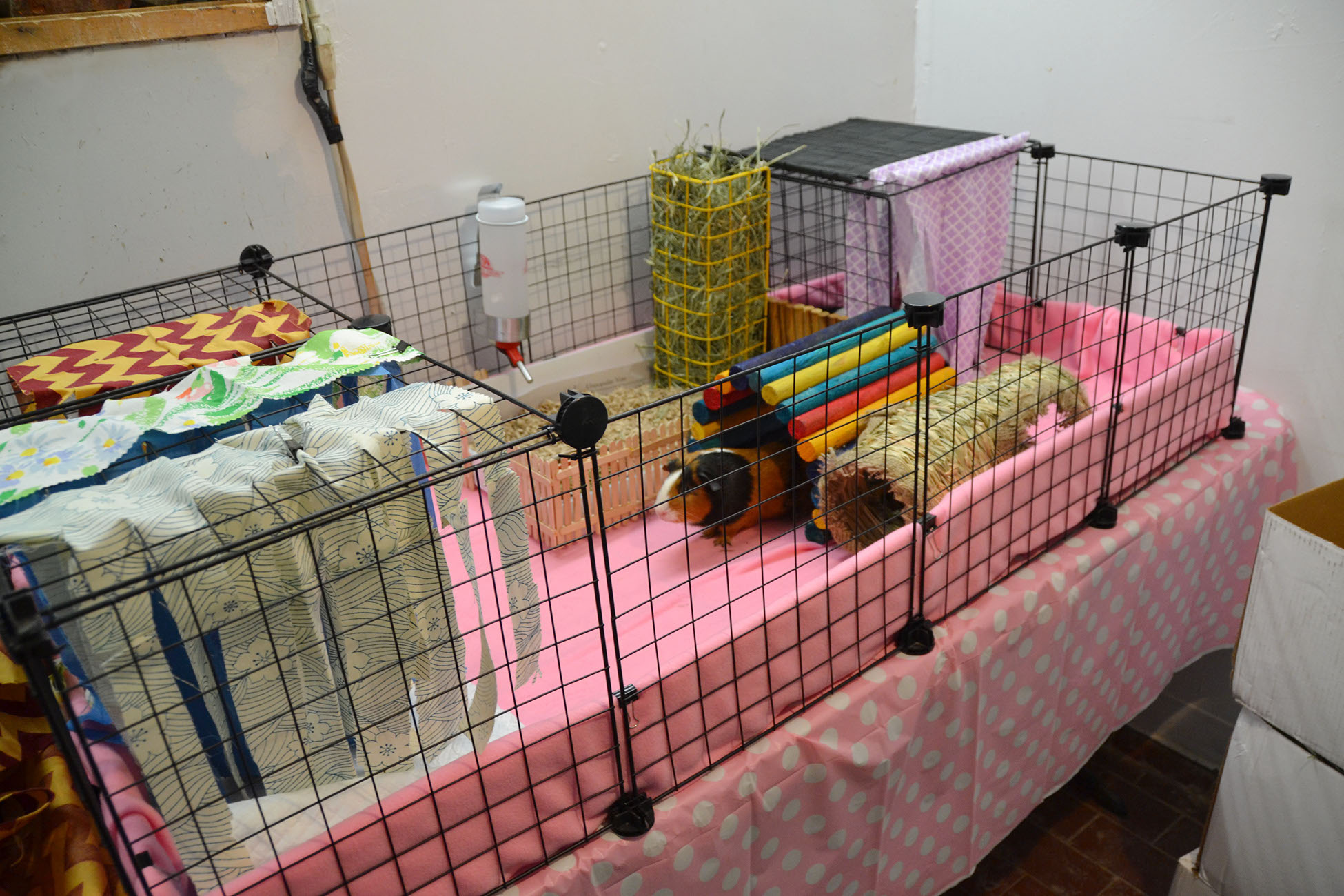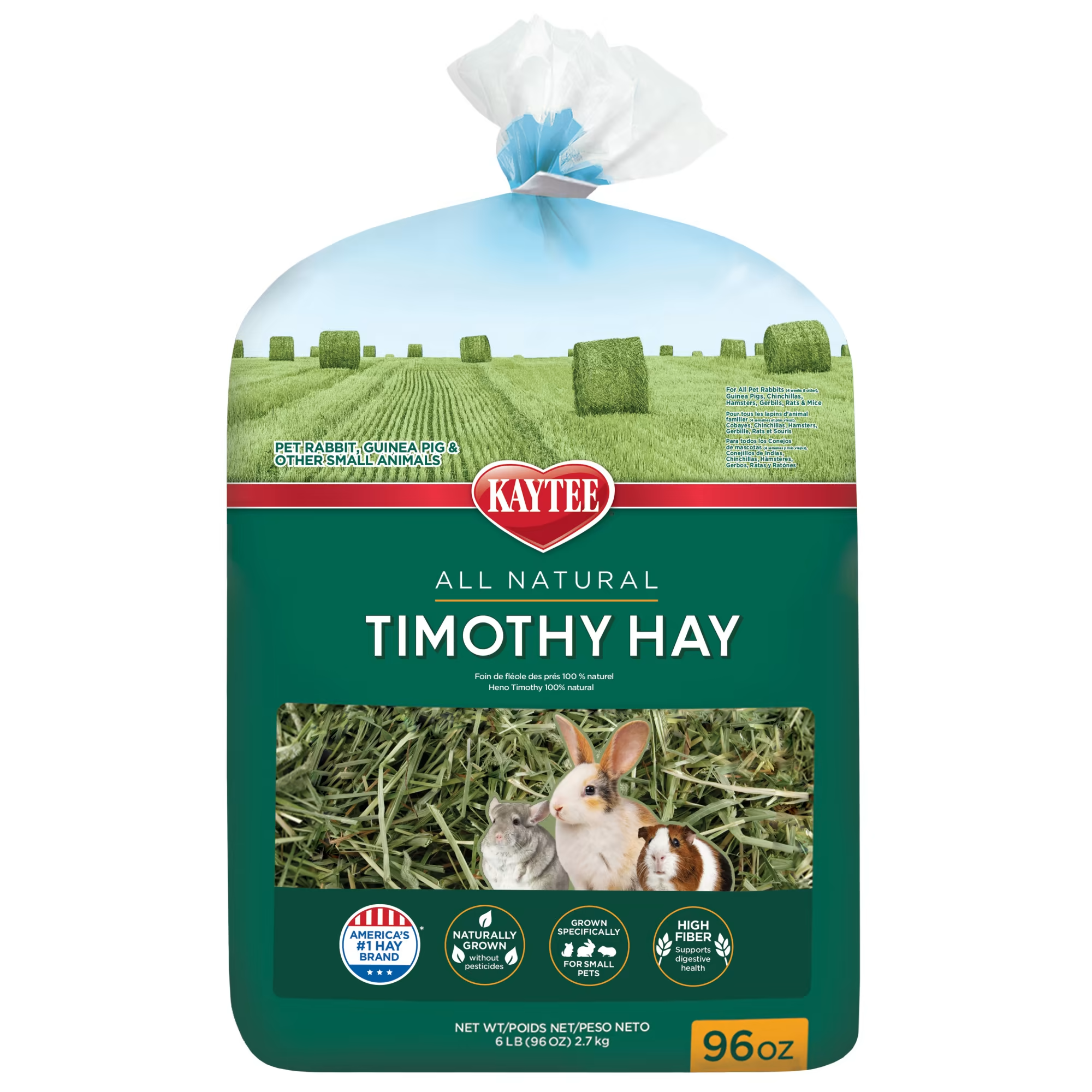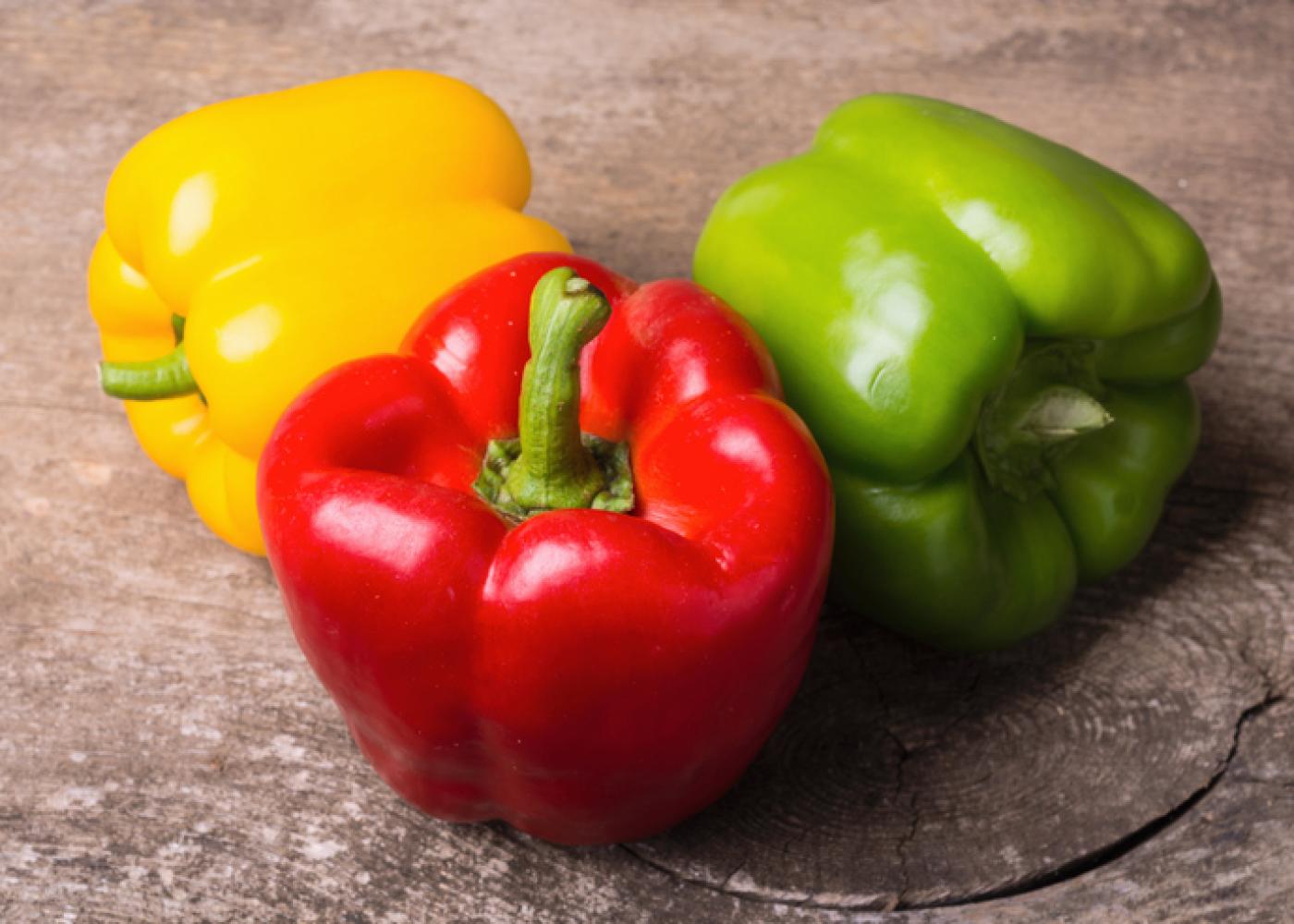Care Instructions
Cages
Guinea pigs need lots of space on one level to zoom around and live. Sufficient space also helps reduce fights, particularly with boar pairs. We have recently increased our minimum housing size for a pair of pigs to 10 square feet.
C&C Cages
One of the most cost-effective ways to provide an ample amount of space for your pigs is by building a C&C cage. 4 grids by 4 grids (or 8 grids x 2 grids) would meet our recommended minimum requirement to create cages for guinea pigs.
The sides are made out of storage cube grids clipped together, and the base is made from corrugated plastic used for making signs. The base can then be lined with a safe substrate, or a fabric such as fleece over towels which are washed as needed and reused, cutting down on waste.
You can purchase ready-made C&C cages or build your own – you can buy the grids from Amazon and corrugated plastic base from Homebase or Wickes.
Space
A lot of local pet stores sell very small cages to have more shelf space. Researching online can take a little more time, but it always pays off in the end.
Larger enclosure sizes reduce the occurrence of stereotypical behaviors, such as bar chewing, in hamsters, so you should always seek to exceed the minimum requirements where possible. There is no such thing as too much space for running, socializing, and exploring! It’s fairly obvious if your piggies don’t have a lot of space, so you should be the judge of that.
Boars (the males)
While sows can successfully be kept in larger groups, boars are best kept in pairs (or a single neutered boar with one or more sows), and need lots of space to reduce the chances of fights. You should also provide two of everything to help with this – two hay trays, two hideys, two food bowls, two bottles, etc.
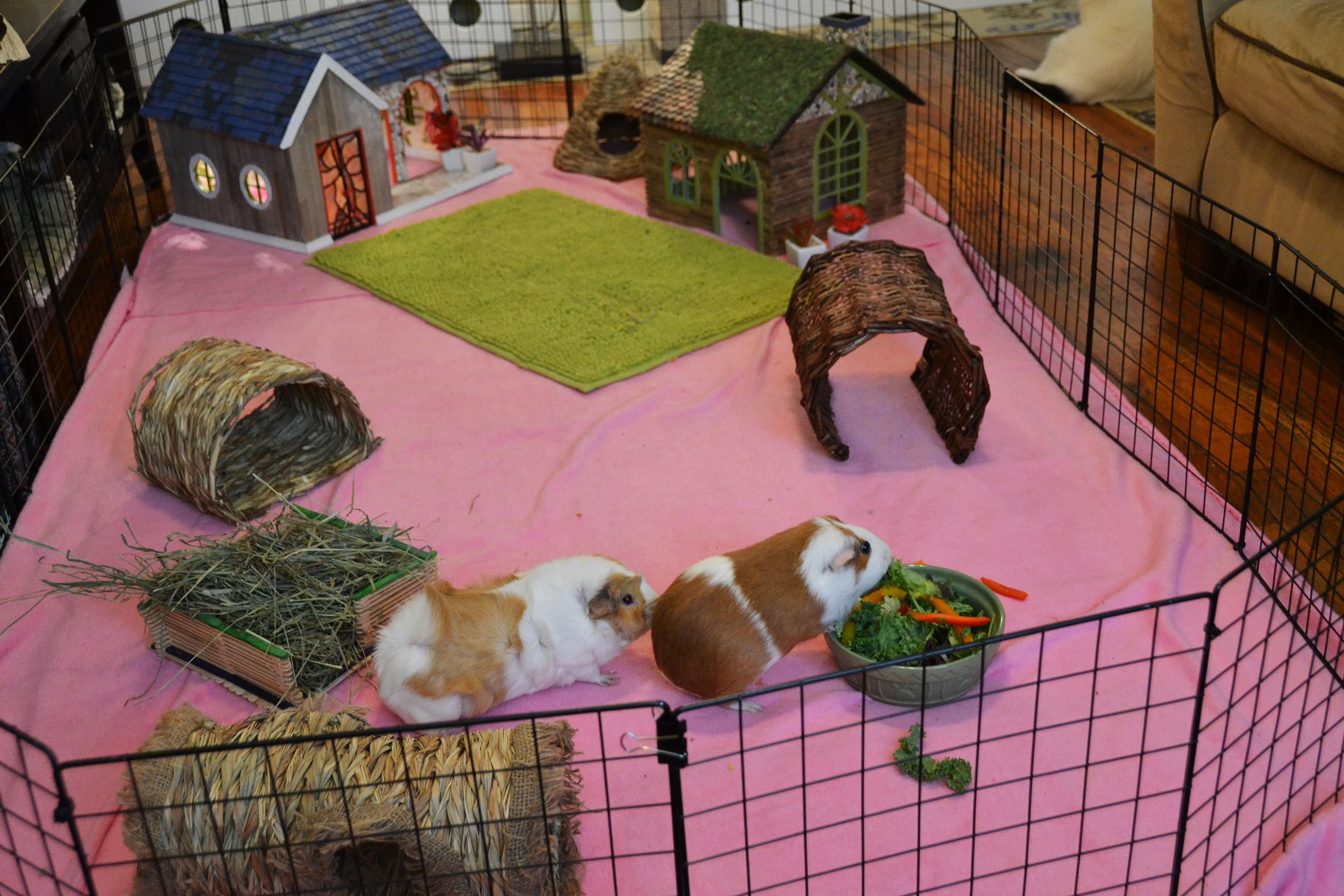
Diet
We recommend either of the following two brands of pellets for piggies. Muesli-type foods are not suitable as they are high in sugars and encourage selective feeding. Like Humans, Food plays a crucial role in guinea pig’s health and will impact their life span, and overall health, which saves money in the long run because piggies are less likely to have health problems and vet expenses will be a lot less.
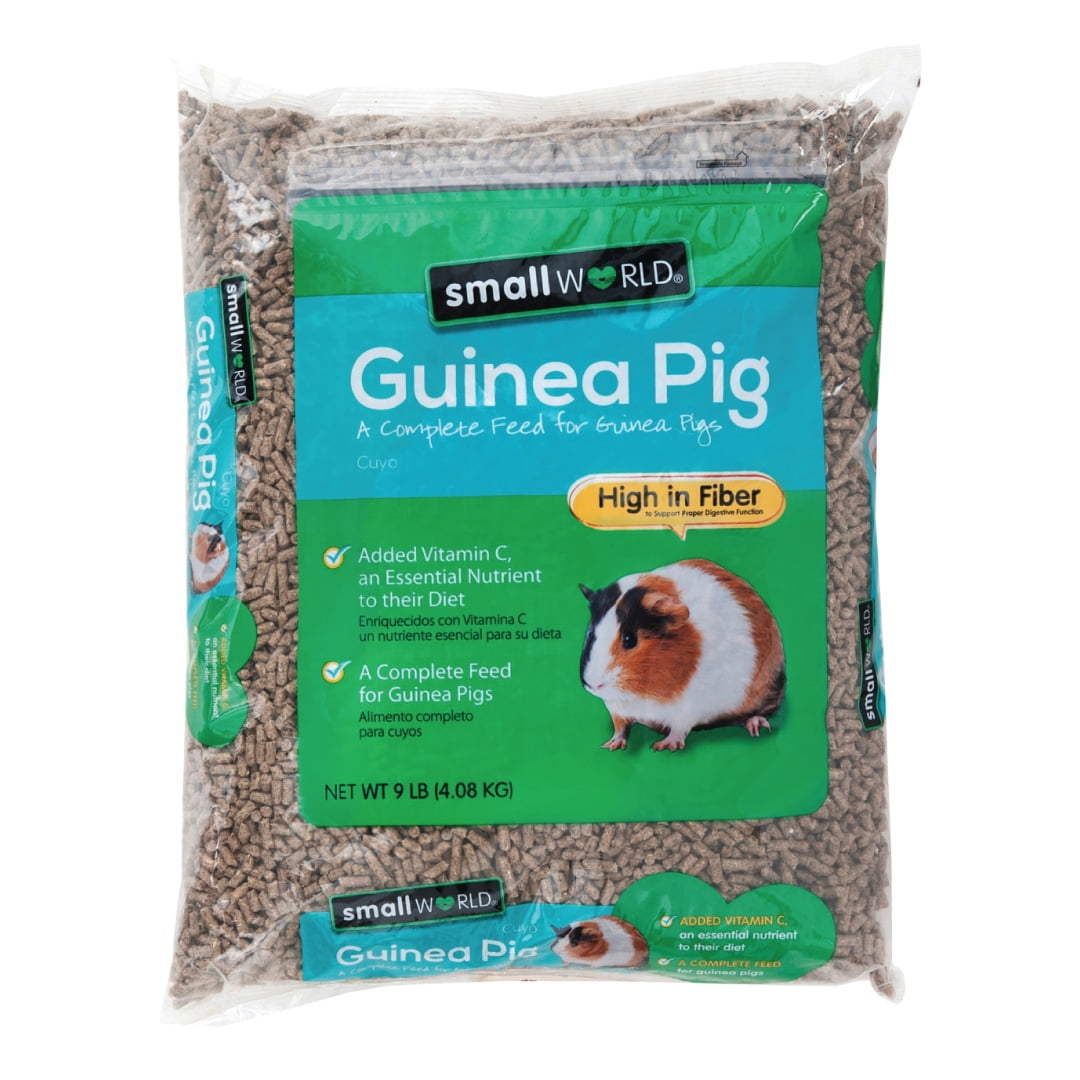
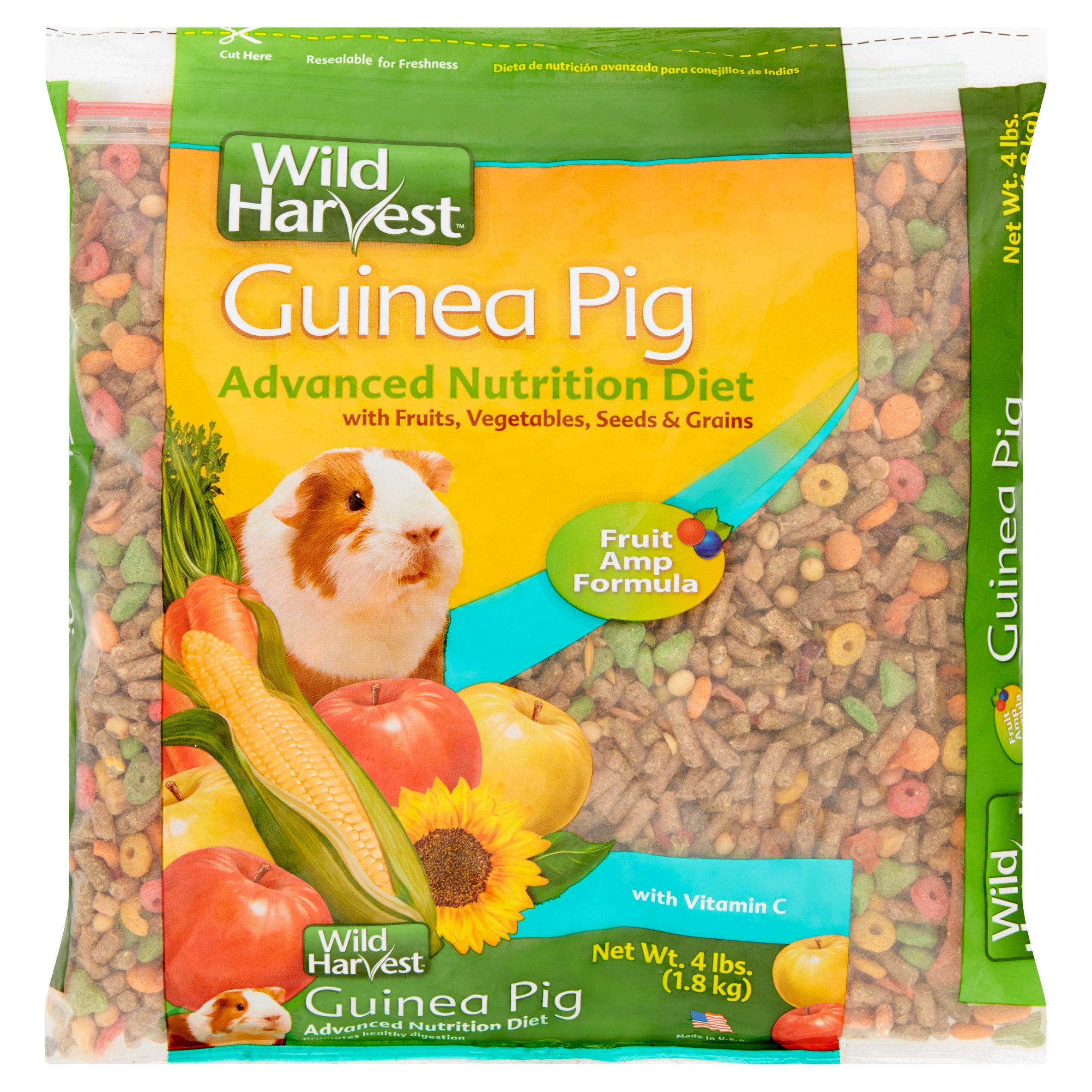
Unlimited hay should be available at all times. Most of their diet should be hay. Pellets should be about 20-30% of their diet, and they should be given about 1-2/8 cups a day. They can also eat fruits and vegetables along with treats, but like humans, they shouldn’t be fed sugary treats and vegetables all the time. We buy meadow hay in bales from a horse feed shop (we also recommend farm shops) as well as bales of timothy hay from your local stores.
All of the above is available at Walmart
Hideouts and Pouches
Most Guinea Pigs like hideouts, and igloos. These make it simple to retrieve them because all you need to do is lift the igloo up. Fleece pouches are also another alternative because piggies can snuggle inside them, and rest without being disturbed by the outside world. I recommend that pouches stay on the ground, and aren’t perched too high up because they like to travel in and out frequently. Igloos can be purchased at any local pet store or online, and pouches can be bought online at amazon.

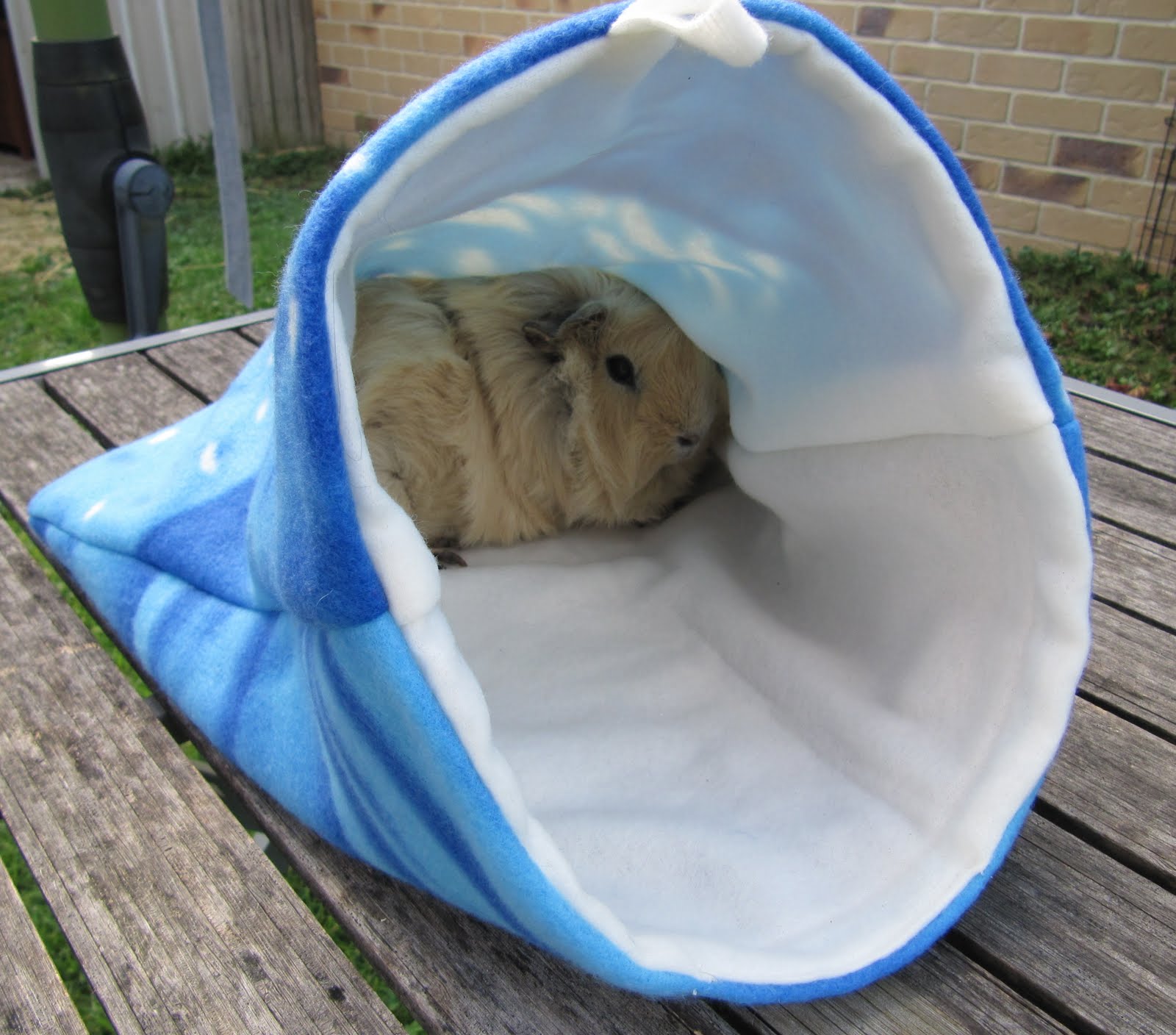
Bedding/Fleece
Our Rescue’s favorite option for piggy bedding is fleece! Sometimes we use bedding in our foster homes, but not as often as fleece. We line our set-ups with a towel and then a fleece blanket over (we have plenty of fleece blankets). Fleece absorbs liquid and is really easy to wash off. To make this work, when you buy new fleece you will first need to wash it a few times with washing powder or detergent and no fabric conditioner. There are many videos online about how to prepare fleece.
We clean the fleece every other day and change out/wash the towels & fleece at least weekly. The same method applies to other fabric-based bedding options.
While piggies can’t really be litter trained, placing their hay in a litter tray lined with some newspaper and wood/paper pellet litter will help the majority of their feces to end up in the tray while they sit and nibble away.
If you don’t want to use towels and fleece, you can use bedding, or buy ready-made fleece liners with an absorbent layer, just google guinea pig fleece liners to find some options!
Other bedding options include bath mats, or paper/cardboard-based substrate.
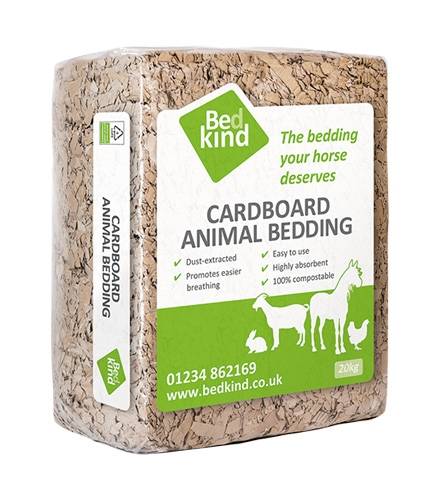
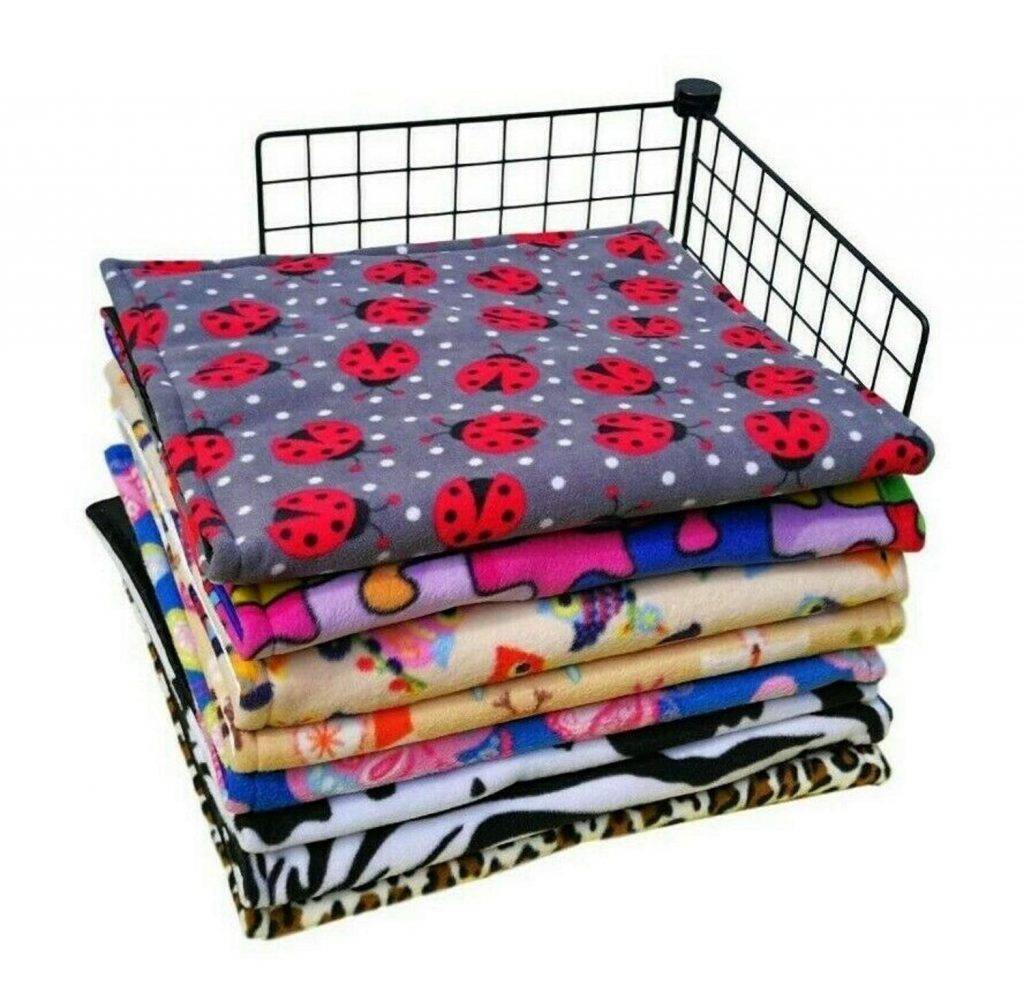
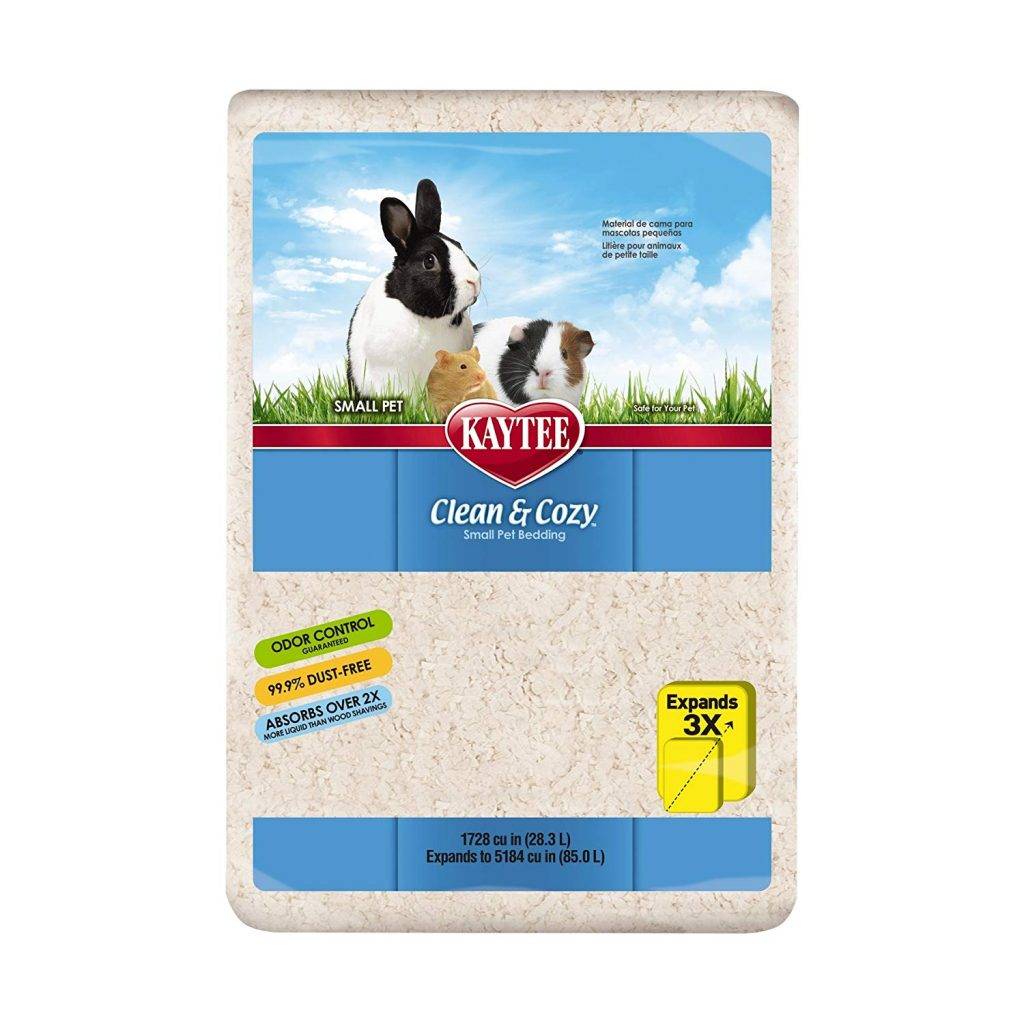
If you have any questions, please contact us.

